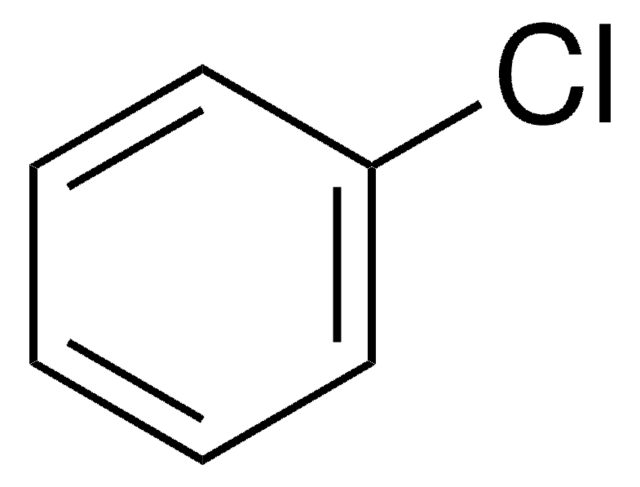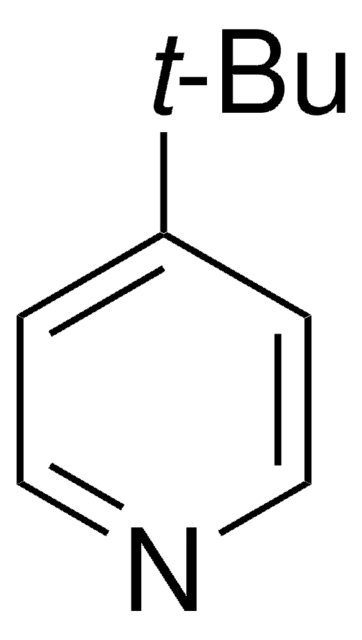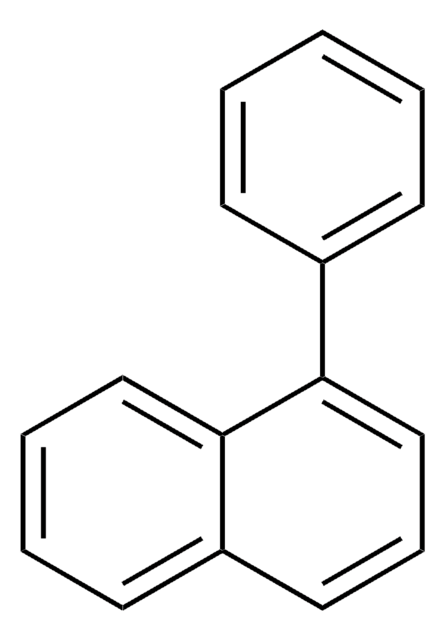250295
1,8-Diiodooctane
98%, contains copper as stabilizer
Synonym(s):
Octamethylene diiodide
Sign Into View Organizational & Contract Pricing
All Photos(2)
About This Item
Linear Formula:
I(CH2)8I
CAS Number:
Molecular Weight:
366.02
Beilstein:
1735437
EC Number:
MDL number:
UNSPSC Code:
12352100
PubChem Substance ID:
NACRES:
NA.22
Recommended Products
Assay
98%
form
liquid
contains
copper as stabilizer
refractive index
n20/D 1.5653 (lit.)
bp
167-169 °C/6 mmHg (lit.)
density
1.84 g/mL at 25 °C (lit.)
functional group
iodo
SMILES string
ICCCCCCCCI
InChI
1S/C8H16I2/c9-7-5-3-1-2-4-6-8-10/h1-8H2
InChI key
KZDTZHQLABJVLE-UHFFFAOYSA-N
Looking for similar products? Visit Product Comparison Guide
Related Categories
Application
1,8-Diiodooctane has been employed as processing additive:
- to improve the morphology and the efficiency of bulk heterojunctions solar cells, based on the regioregular poly(3-hexylthiophene) and a soluble fullerene derivative
- to improve the power conversion efficiency of polymer solar cells
Hazard Statements
Precautionary Statements
Hazard Classifications
Aquatic Chronic 4
Storage Class Code
10 - Combustible liquids
WGK
WGK 3
Flash Point(F)
235.4 °F - closed cup
Flash Point(C)
113 °C - closed cup
Personal Protective Equipment
dust mask type N95 (US), Eyeshields, Gloves
Choose from one of the most recent versions:
Already Own This Product?
Find documentation for the products that you have recently purchased in the Document Library.
Customers Also Viewed
Chengkai Xia et al.
Polymers, 12(8) (2020-08-14)
In this study, a solution-processable compact vanadium oxide (V2O5) film with a globular nanoparticulate structure is introduced to the hole transport layer (HTL) of polymer bulk-heterojunction based solar cells comprised of PTB7:PC70BM by using a facile metal-organic decomposition method to
Xing Fan et al.
Journal of nanoscience and nanotechnology, 14(5), 3592-3596 (2014-04-17)
Controlling the blend morphology is critical for achieving high power conversion efficiency in polymer/fullerene bulk heterojunction (BHJ) photovoltaic devices. As a simple and effective method to control morphology, adding processing additives has been widely applied in the organic BHJ solar
Qian Liu et al.
ACS applied materials & interfaces, 6(3), 1601-1607 (2014-01-24)
9-Arylidene-9H-fluorene containing donor-acceptor (D-A) alternating polymers P1 and P2 were synthsized and used for the fabrication of polymer solar cells (PSCs). High and low molecular weight P1 (HMW-P1 and LMW-P1) and high molecular weight P2 were prepared to study the
Ignasi Burgués-Ceballos et al.
ChemSusChem, 8(24), 4209-4215 (2015-12-15)
The application of conjugated materials in organic photovoltaics (OPVs) is usually demonstrated in lab-scale spin-coated devices that are processed under controlled inert conditions. Although this is a necessary step to prove high efficiency, testing of promising materials in air should
Satvik Shah et al.
Nanoscale, 9(25), 8665-8673 (2017-06-15)
Degradation is among the most pressing problems facing organic materials, occurring through ingress of moisture and oxygen, and light exposure. We determine the nanoscale pathways underlying degradation by light-soaking organic films in an environmental chamber, and performing infrared spectroscopy, to
Global Trade Item Number
| SKU | GTIN |
|---|---|
| 250295-25G | |
| 250295-5G | 4061825937373 |
Our team of scientists has experience in all areas of research including Life Science, Material Science, Chemical Synthesis, Chromatography, Analytical and many others.
Contact Technical Service














